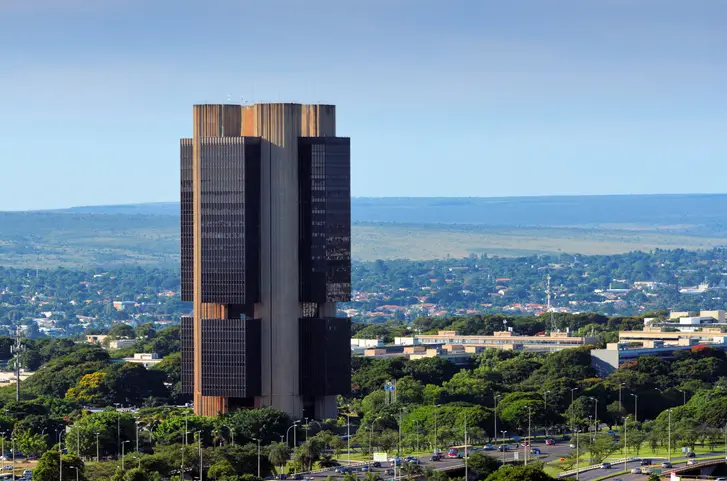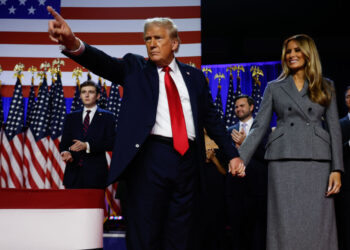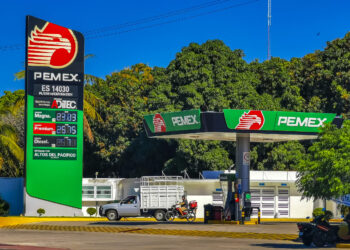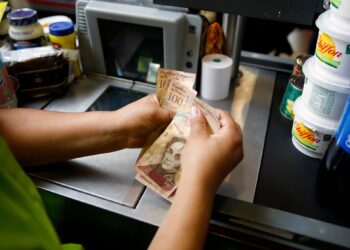Brazil’s central bank is widely anticipated to raise its key interest rate by 0.5% on Wednesday, marking a sharp increase over its previous rate hike, as concerns grow over inflationary pressures tied to public spending. The projected hike, which would bring the benchmark Selic rate to 11.25%, is part of an ongoing tightening cycle initiated in September. According to a Bloomberg survey, all economists foresee this outcome, with market odds of a larger 0.75% hike remaining below 10%.
The economic environment has been notably complex since President Luiz Inácio Lula da Silva took office in 2023, aiming to stimulate household income. While this has supported robust economic growth and consumer credit flows, it has also kept inflation higher than expected, driven by resilient demand and rising costs for food and energy amid a severe drought. Inflation recently hit 4.47% in early October, nearing the top end of the central bank’s target range.
Market analysts, including Adriana Dupita from Bloomberg Economics, suggest that the central bank may adopt a more hawkish tone in its guidance, although it is unlikely to commit to a rigid forward path. This ambiguity is seen as a strategy to retain flexibility amidst potential changes in the US economic landscape and domestic fiscal adjustments.
The Brazilian real has suffered significant depreciation, declining over 16% this year, making it one of the weakest-performing currencies among major economies. The currency weakness has further amplified inflation by raising the cost of imported goods, putting additional pressure on the central bank to act decisively.
Investors will pay close attention to any comments on fiscal policy, as Brazil’s central bankers have been urging for fiscal restraint to support long-term inflation control. Finance Minister Fernando Haddad is expected to unveil spending cuts soon, which could influence the bank’s approach in upcoming months. The central bank’s decision will be released on its website after 6:30 p.m. in Brasilia.
















